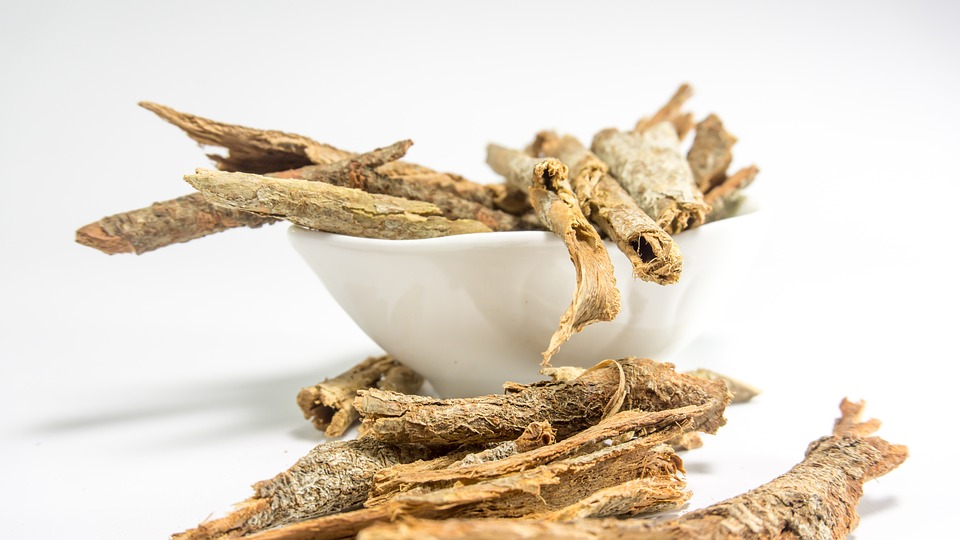By Irene Hayton
Because of its name, many people assume that buckwheat is a relative of regular wheat. However, it’s not a true cereal grain—it’s actually the seed of a plant belonging to the same family as rhubarb. Buckwheat is well tolerated by those who have wheat and/or gluten sensitivities.
The hulled buckwheat kernels, called groats, have a unique triangular shape and can be purchased unroasted or roasted. Unroasted buckwheat groats are pale tan and green in color and are mild tasting; they can be dry roasted or sautéed in butter or oil before cooking to increase their aroma and flavor. Roasted buckwheat, also known as kasha, is darker in color and has a stronger, nutty taste.
Buckwheat takes only 10 to 15 minutes to cook. It can be: eaten on its own, or combined with other grains, as a hot breakfast cereal instead of oatmeal; used in salads; added to soups, stews or casseroles; and used to make pilafs, either on its own or combined with rice. Buckwheat flour can be: used to make pancakes; combined with other flours in baked goods; or used instead of wheat flour to thicken sauces, soups and gravies.
Buckwheat contains high-quality protein (it has all 8 essential amino acids) and is a good source of magnesium and fiber, in addition to containing some of the B vitamins, iron, phosphorous, selenium and zinc.
Although it’s very nutritious and is quick to prepare, many people are not familiar with buckwheat. It does have a stronger, more distinct flavor but it’s a nice change from many of the more common grains. See this month’s recipe for Buckwheat Cereal.



